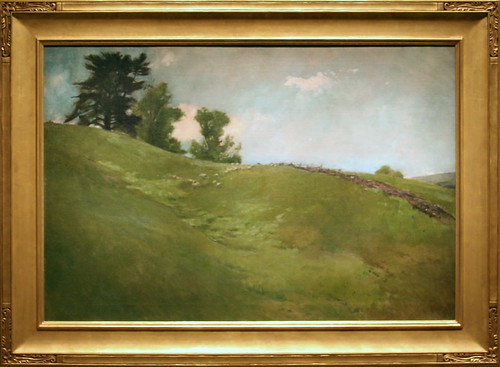What can I do to update my yard? What is a good way to build an attractive outdoor design that impresses everyone who visits? The answers to these questions are here, along with tips on how you can keep your project within the scope of your needs, so read on.
Before you start a landscaping project, draw out how you want the yard to look first. This will give you a visual idea of what you want, how it will look, and what kind and amount of materials your project will require. It is much easier to make adjustments to the sketch of your landscape than it is your actual landscape itself.
Flower Beds
Edging flower beds can help to update your yard quickly. Curved beds are much more modern and contemporary than straight lines and sharp corners. Cutting the edges of your flower beds is cheap, but it can totally transform your flower bed’s appearance.
When landscaping, it is best to use plants which are native to the area. Your garden should contain greenery that is indigenous to the area for best results. This is because plants that are native will thrive as they are used to the environment of your home, they’ll also require less upkeep as well.
Test your soil before beginning your landscaping project. This way, you will know what has to be put in or what has to go, and you can work on these things prior to planting. Your plants will be healthier ,and your garden will be successful by doing this.
If you create a garden that is used in all seasons, you will get the most from it. You should mix in plants which bloom or have color in all seasons, so that you can enjoy the garden year-round. To make your yard look interesting throughout the year, you can employ evergreens or trees with unusual foliage.
Choose your plant life wisely, as this could severely affect how well your landscaping project turns out. It is not wise to put plants in shady areas if they require sunlight. Also, you should not put a tree in an area where it cannot grow. The time taken to plan correctly will mean less time fixing mistakes later.
You can save money by timing your purchases. Wait until near the end of season to purchase certain types of plants that nurseries want to get rid of. If a new type of plant shows up in local stores with a high price because it’s so new, sit back and wait awhile for the price to come down.
When modifying your yard during landscaping projects, make sure you take existing structures into consideration before you ever touch your shovel to the dirt. Find out where the cables, pipes and other essential structures for running your home are in your yard. You’ll need to plan around these when planning your new landscape. Notify the county or city you live in before digging so you can be sure not to destroy underground lines.
Ground Cover
Large shade trees look great, but it may be difficult to plant flowers that bloom underneath its shaded area. Consider using a ground cover rather than flowers underneath such trees. This can make your yard look beautiful, and it’s also easily maintainable. Some examples of good ground cover under trees include hosta and woodruff.
Install curved borders around everything you plant in your yard. In most cases, sinuous, winding borders will look more appealing than rigid, straight ones do. When your property is viewed from the street, the curved lines of the borders in your landscaping will help to soften the straight lines of the hardscape elements, like your house and driveway.
You can take small steps when it comes to a landscaping project. There is nothing wrong with breaking your project down into steps and seasons. It is easier to perform financially. Make a list of each step in the plan, then divide it by order of importance so you complete the most important parts first.
Certain special features, like water gardens, require a bit more planning and forethought. You might want to actually spend a little more money on materials, this way you do things properly, check out a plant specialty store for this. The expertise of the sales associates and other staff can prove invaluable when designing your water garden.
All homeowners can benefit from reading the landscaping primer from this article. No matter what your plans and in what location, you are now armed with the knowledge you need to get started on that next project.

